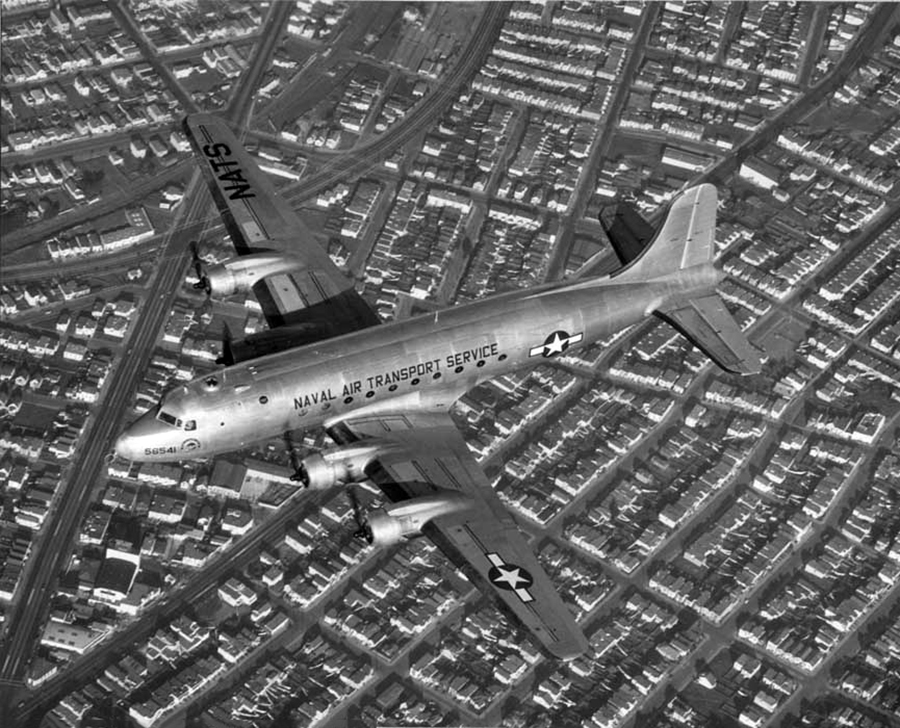Crash of a Grumman C-1A Trader at Atsugi NAS: 6 killed
Date & Time:
Nov 1, 1976
Registration:
146023
Survivors:
No
MSN:
53
YOM:
1957
Crew on board:
6
Crew fatalities:
Pax on board:
0
Pax fatalities:
Other fatalities:
Total fatalities:
6
Circumstances:
On final approach to Atsugi NAS, the airplane went out of control and crashed on a golf course located less than 2 km from runway 01 threshold. The aircraft was destroyed and all six crew members were killed.
Crew:
Lt Laury K. Backman +5.
Crew:
Lt Laury K. Backman +5.
Probable cause:
It is believed that control was lost on short final due to an aileron failure.





